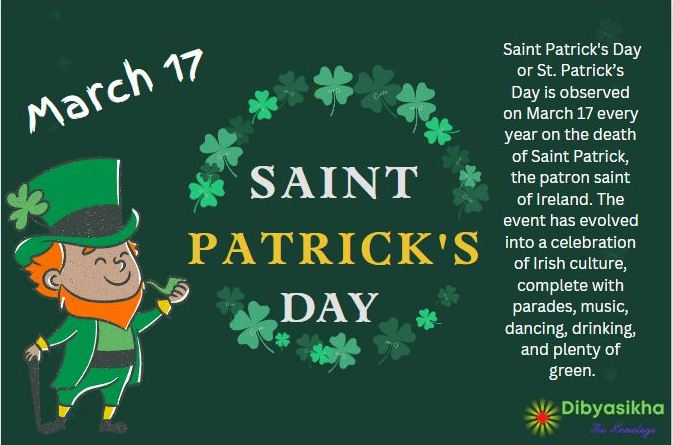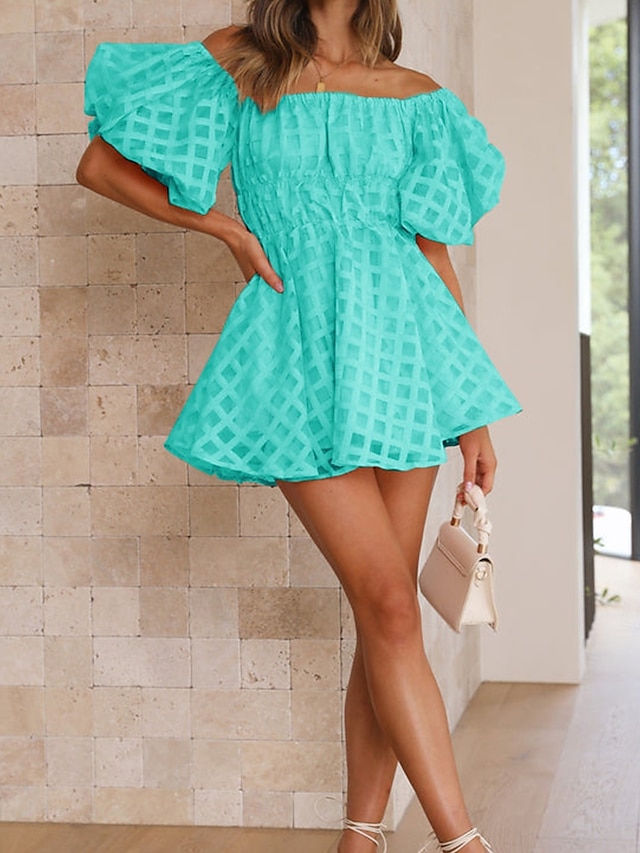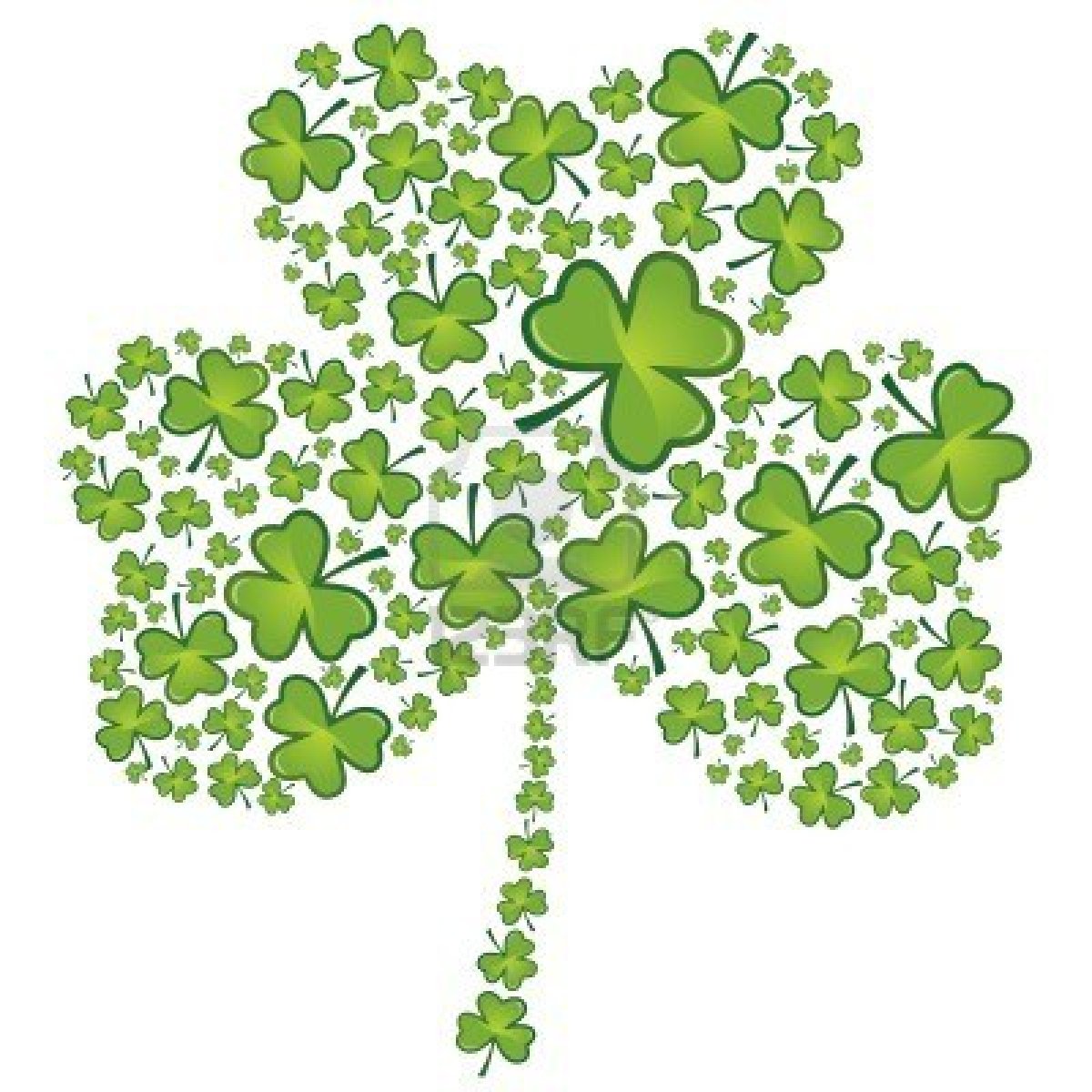Gallery
Photos from events, contest for the best costume, videos from master classes.
 |  |
 |  |
 |  |
 |  |
 |  |
 |  |
When donning this St. Patrick’s Day color, you’re honoring Ireland’s nickname, the Emerald Isle. Emerald green is a bluish-green color that is bright and vivid. Kelly green Wearing green on St. Patrick's Day (supposedly!) makes you invisible to the leprechauns, so we’re sure you can gather what happens if you don’t wear green on March 17. Blue was originally the 73 Funny St. Patrick’s Day Jokes For Adults And Kids; The Best Irish Songs And The Best Irish Films Of All Time For Paddy’s Day; 8 Ways That We Celebrate St. Patrick’s Day In Ireland; The Most Notable St. Patrick’s Day Traditions In Ireland; 17 Tasty St. Patrick’s Day Cocktails To Whip Up At Home; How To Say Happy St. Patrick’s Day Although blue was the color to wear on St. Patrick’s Day in the past, today, everything (from the clothes you wear to the beer you drink) should be green in honor of the patron saint of Ireland. What to Wear on St. Patrick’s Day in Ireland. Celebrating St. Patrick’s Day in Ireland is a bucket-list experience. Dublin hosts one of the biggest and most exciting St. Patrick’s Day festivals, complete with parades, music, and street performances. Since March weather in Ireland can be cold and rainy, choosing the right outfit is essential. St. Patrick’s Day usually conjures images of partying, Catholicism, Irish nationalism and, perhaps most famously, the color green: green clothes, green shamrocks, green beer and green rivers. St. Patrick’s Day, celebrated every March 17th, is associated with the color green, a tradition that has a rich and colorful history. Why we wear green on St. Patrick’s Day: The tradition of wearing green on St. Patrick’s Day is tied to Ireland’s nickname, “The Emerald Isle,” and its green-striped national flag. In recent years, the colors of St. Patrick’s Day have also been used in advertising and marketing campaigns, from beer to clothing brands. The Cultural Significance of St. Patrick’s Day Colors. The colors associated with St. Patrick’s Day have a deep cultural significance, representing the country’s rich heritage and traditions. St. Patrick's Day is known for its vibrant green colors, festive parades, and joyful celebrations. However, there is an alternative color that some people choose to wear on this day – orange. Wearing orange on St. Patrick's Day has its roots in Ireland's history and represents a different facet of Why do we wear green on St. Patrick's Day? Wearing green on the holiday was loosely tied to Saint Patrick, but a more direct symbol of the patron saint of Ireland was the three-leaf shamrock. What Color Should You Wear on St. Patrick's Day? You should wear green on St. Patrick's Day. Green is the color most closely associated with Ireland and many wear green on St. Patrick's Day, symbolizing the country's lush landscapes, Irish nationalism, and the shamrock, which St. Patrick used to explain the Holy Trinity. Revellers attend the Saint Patrick’s Day parade on March 17, 2019 in Dublin, Ireland. Saint Patrick, the patron saint of Ireland is celebrated around the world on St. Patrick’s Day. According to legend Saint Patrick used the three-leaved shamrock to explain the Holy Trinity to Irish pagans in the 5th-century after becoming a Christian FAQs About St. Patrick’s Day Style 1. Do I have to wear green on St. Patrick’s Day? Not technically, but if you don’t, you might get pinched! The tradition comes from Irish folklore that says wearing green makes you invisible to mischievous leprechauns. Whether you believe it or not, adding a little green is a fun way to get in the spirit. 2. T hey say the whole world is Irish on St. Patrick's Day! Or at least, the whole world adopts a certain version of Irish culture. Every March 17, we break out our green clothing and jewelry, wear 33 million people celebrate St. Patrick’s Day each year; New York boasts one of the world’s biggest St. Patrick’s Day parades. Since 1762, over 250,000 people have marched in the New York St. Patrick’s Day parade; An estimated 13 million pints of Guinness, the traditional drink of St. Patrick’s Day, were consumed last year While green is the color most frequently associated with the holiday the other St. Patrick’s colors still have special meanings. As St. Patrick’s Day is a celebration of both Saint Patrick and Ireland, some of the St. Patrick’s Day colors tie directly to the patron saint, while others are more representative of Ireland itself. The Ultimate Guide to St. Patrick’s Day Colors: What Not to Wear. So, you’re prepping for St. Patrick’s Day and want to avoid a fashion faux pas (or worse, a pinch from a mischievous leprechaun!). The answer, according to tradition and a touch of historical context, is: you should probably avoid wearing orange on St. Patrick’s Day St Patrick’s Day has been celebrated on 17 March since 1631 . Here are a few fashion tips for anyone who doesn’t have anything green to wear on St Patrick’s Day. Festive makeup . By the 1930s, the custom of wearing green on St. Patrick’s Day had become so widespread that even President Franklin D. Roosevelt, who was of Dutch ancestry, joined in.An article published on Other Colors to Wear on St. Patrick’s Day. While green is the primary color of St. Patrick’s Day, other colors can also be worn to add some variety to your outfit. Here are a few options: Gold: Gold is a nod to the rich history and heritage of Ireland. Orange: Orange is a symbol of Northern Ireland and can be worn to show support for the
Articles and news, personal stories, interviews with experts.
Photos from events, contest for the best costume, videos from master classes.
 |  |
 |  |
 |  |
 |  |
 |  |
 |  |